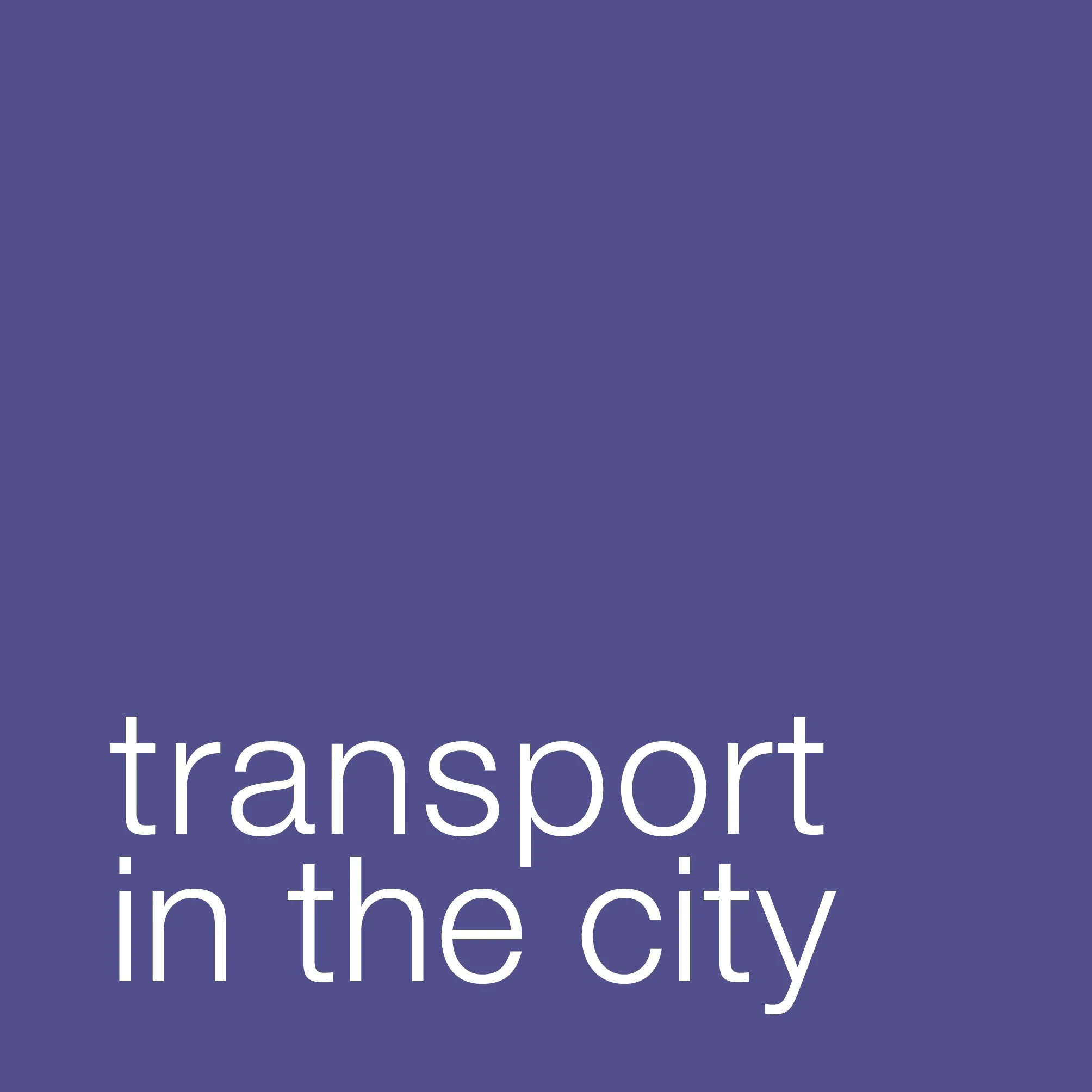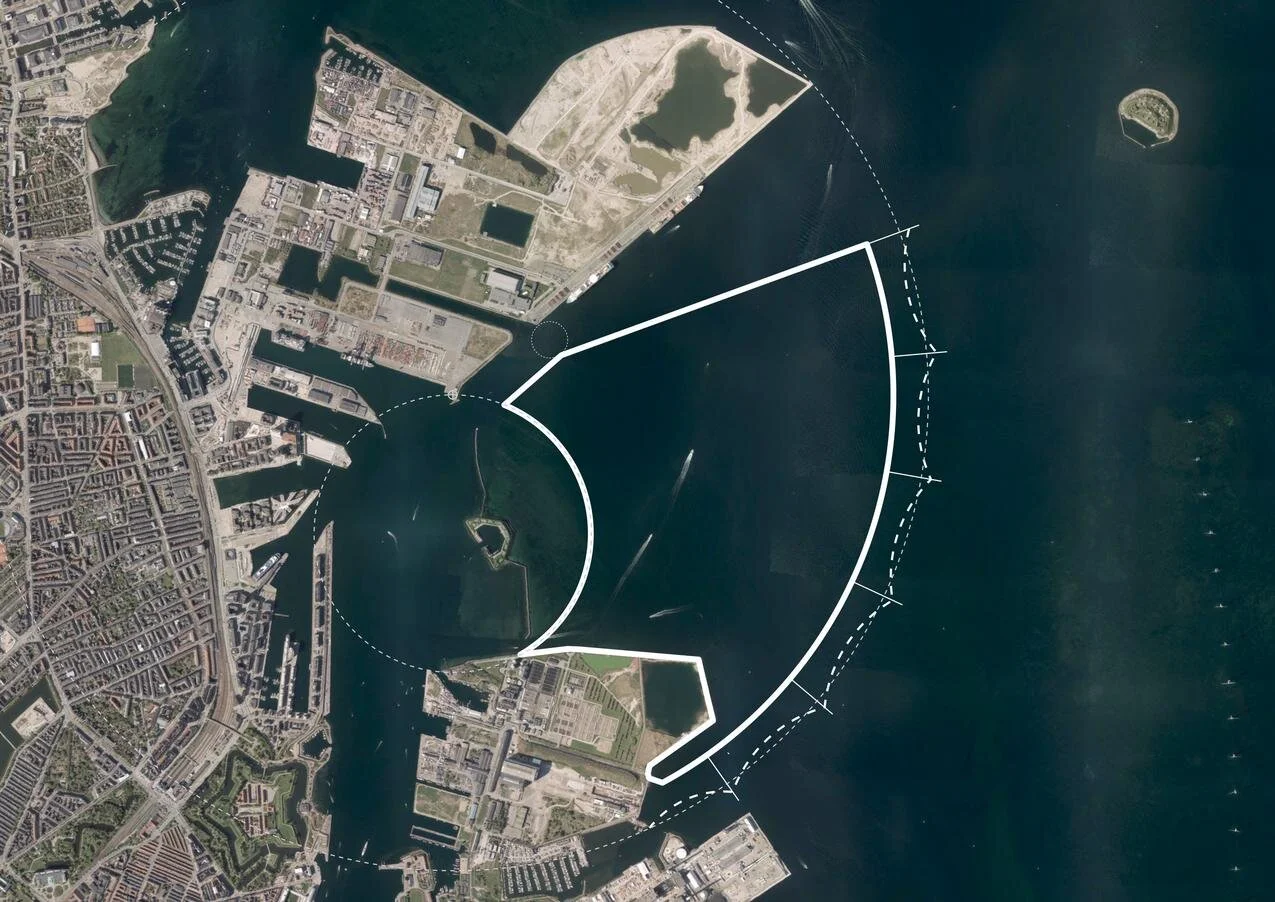three new stops for the harbour ferry
/Until the end of last month, Havnebuser - the harbour buses or harbour ferries in Copenhagen - have run from Refshaleøen, at the north end of the harbour, to Teglholmen in the south harbour with eight ferry stops. *
Now, there are two new stops in the south harbour and in April the service will be extended north with the ferries sailing on from Refshaleøen to Nordhavn and a new ferry stop at Orientkaj.
Islands Brygge, on the Amager or east side of the harbour, about 600 metres south of the bridge at Fisketorvet, and Enghave Brygge on the west or city side of the harbour, came into operation on 27 February.
These will serve new areas of housing, on both sides of the harbour, close to HC Ørestedværket - the power station, constructed in the 1930s, that is now an important and iconic historic building in the south harbour.
These new stops are almost opposite each other, so they also provide an important cross-harbour link for pedestrians and cyclists. The Enghave Brygge ferry stop will be less than 200 metres from a new metro station that will open in 2024 and Islands Brygge Syd is just 300 metres from the edge of Amager Fælled so there will be an important link from the city side to the large and popular open area of park.
In April, when the harbour ferry service is extended on from Refshaleøen to Nordhavn and a new ferry terminal at Orientkaj, the journey time from Nyhavn to Orientkaj will take 39 minutes.
Movia, the operating company, have added two new electric-powered ferries to their current fleet of five. The electric ferries came into service in 2019 and each can carry 80 passengers and with space on the front deck for eight bikes and four wheelchairs or prams.
These ferries provide an important and successful service for commuters but there is a growing problem with overcrowding because they are now also a popular water bus for tourists.
For safety, the number of passengers on each ferry is strictly controlled - at busy times people are counted on and counted off - so it is frustrating if you wait for a ferry but do not manage to get on because not enough passengers have disembarked. The ferries now run every 30 minutes so more ferries at peak times might help but differential pricing with preferential rates for commuters has to be considered.
the metro, the bus and the ferry January 2019
new ferries for the harbour May 2020
press release on the new stops from movia
the ferry stop at Nyhavn and the new apartments on Papirøen
* a ferry stop at Holmen Nord - north of Operaen and just south of Nyholm - was closed when it was found that the new electric ferries could not manoeuvre safely around the large number of hire boats in the tight space at the bridge where Danneskjold Samsøes Allé crosses over the channel between Tømmergraven - the inner area of water - and Flådens Leje and the main harbour















